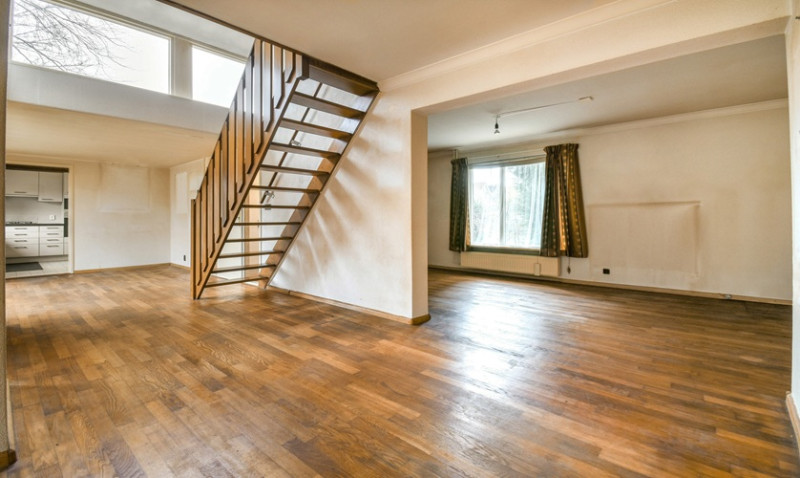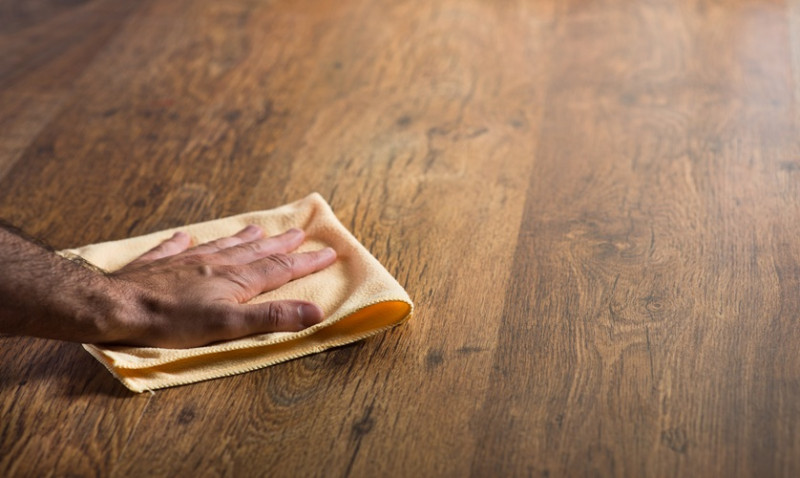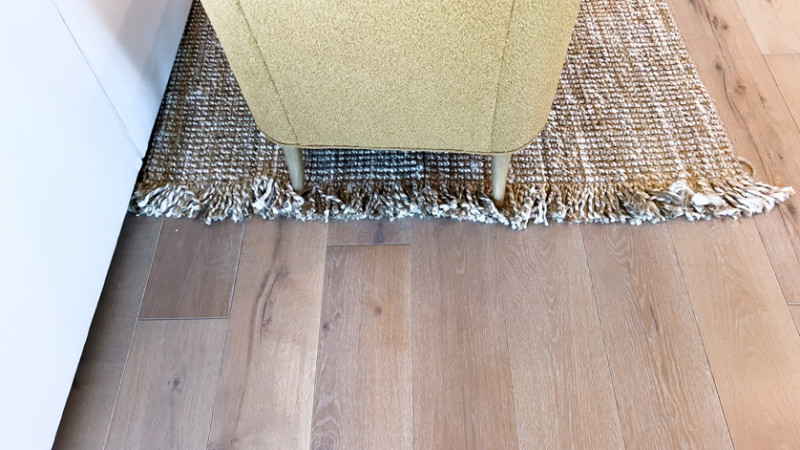
Refinishing hardwood floors is one of the most rewarding home improvement projects you can undertake. Whether you're a DIY enthusiast, a young professional reinventing your living space, an architect designing with character in mind, or a tradesperson looking to deliver outstanding results, staining hardwood floors can breathe new life into tired timber. In this blog, we’ll walk you through the essential process of applying stain to hardwood floors for a stunning, long-lasting finish, with tips tailored for UK homeowners and professionals alike.
Why Stain Hardwood Floors?
Staining hardwood floors allows you to customise the look of your flooring while highlighting the natural beauty of the wood grain. If your floors look dull, scratched, or outdated, applying a fresh stain can create a dramatic transformation without the need for complete floor replacement.
Stains not only enhance appearance but can also help mask imperfections or colour inconsistencies in older floors. Whether you desire a modern dark walnut tone, a classic oak hue, or a trendy grey wash, there's a stain colour to suit every taste and interior style.
Unlike painting, stain penetrates the wood's pores, adding depth and richness without covering the grain. This characteristic makes staining a popular choice among interior designers and homeowners seeking a sophisticated aesthetic.
In the UK, where many properties feature character-filled wooden floors, stain is especially effective at preserving authenticity while upgrading the room’s overall appeal.
Preparing the Floor: Crucial Steps Before Staining
Before applying any stain, it's vital to properly prepare your hardwood floors. One of the most common reasons staining projects go wrong is due to poor preparation. Neglected details can lead to blotchy, uneven results and an unprofessional look.
The first step is removing all furniture and rugs and thoroughly cleaning the area. Any residual dirt or debris can interfere with sanding and later complicate the staining process.
Next comes sanding. Use a drum sander and gradually work through sanding grits (commonly starting at 36 or 40 grit and finishing at 120 grit). This will remove old finishes, surface-level imperfections, and prepare the wood to accept the new stain evenly.
Be sure to sand edges and corners with an edge sander or detail sanding tool, as these areas are often missed and can stand out after staining. Vacuum thoroughly and wipe the floor with white spirit or a tack cloth to remove all remaining dust particles.
If the floor has gaps or deep blemishes, now is the time to fill them with a wood filler suitable for hardwoods. Choose filler that accepts stain well and gives a seamless look once the stain is applied.
Choosing the Right Stain
Selecting the best stain for your floors involves balancing aesthetics, function, and the wood species. Not all hardwoods take stain the same way, so test a few samples before committing to a colour.
Popular choices include oil-based and water-based stains. Oil-based stains are known for deep penetration, enhancing wood grain and providing a richer tone. Water-based stains, on the other hand, dry faster and have a lower VOC content, making them more environmentally friendly—important for eco-conscious homeowners.
Colour is another critical decision. Dark stains like ebony or jacobean offer a bold, modern statement, while lighter tones such as golden oak or blonde maple can create a brighter, more airy feel. Grey tones are increasingly popular in contemporary UK interiors and pair well with industrial or Scandinavian designs.
Always purchase quality professional-grade stains. Brands like Bona, Morrells, and Osmo are trusted by tradespeople across the UK for their consistency and durability.
Applying Stain Step-by-Step
Once your floor is clean, sanded, and fully prepped, it's time to apply the stain. Be sure to work in a ventilated area and wear protective gloves and a mask, especially when using oil-based products.
1. Start by stirring (not shaking) the stain thoroughly to ensure the pigments are evenly mixed. Shaking can introduce air bubbles that may affect application.
2. Pour a small amount into a paint tray or container. Using a clean cotton cloth, sponge, or an applicator pad, work in manageable sections (no wider than 2–3 feet across). Apply the stain with the grain of the wood to maintain a natural appearance.
3. Let the stain sit for a few minutes (according to the manufacturer’s instructions), then wipe off the excess with a clean, dry cloth. If you want a deeper colour, allow the stain to sit longer before wiping.
4. Overlap each section slightly to avoid lap marks or visible transitions. For wide planks, ensure consistent saturation by staining two planks at a time.
5. Allow the stain to dry completely—usually 6 to 24 hours, depending on conditions. Humidity and temperature in the UK can affect drying times, so leave ample time before stepping onto the floor.
Tips for a Professional-Looking Finish
Achieving a consistent and beautiful look when applying stain requires patience and a few insider techniques:
- Always test your chosen stain on a small, inconspicuous section or spare floorboard.
- Mix stains if needed to create a custom colour, but make sure to prepare enough in one batch to avoid colour variation.
- Work quickly but methodically. Don’t rush, but don’t leave stain sitting too long in one area—or you may end up with dark patches.
- Use good lighting during the process to spot any missed areas or inconsistent application while the stain is still wet.
- Consider applying a pre-stain conditioner, especially for softer woods like pine, to ensure an even stain absorption.
Finishing the Job: Sealing the Stain
Once your stain has dried thoroughly, protecting it with a topcoat is essential. Common choices in the UK include polyurethane (available in oil-based and water-based forms), hardwax oil, or lacquer. The finish you choose will determine the floor’s durability and sheen level.
For high-traffic areas like halls or family rooms, opt for a high-durability sealant. Water-based polyurethanes are ideal for maintaining a lighter appearance and dry quickly, whereas oil-based finishes often give a more amber tone but take longer to cure.
Apply the sealant in thin, even coats using a synthetic brush or a lint-free roller, and follow grain direction. Usually, 2–3 coats are recommended, with light sanding and proper drying time between each coat.
Never walk on the floor until it’s fully cured (usually 24–72 hours), and avoid placing rugs or furniture for at least a week.
Common Pitfalls to Avoid
Even skilled tradespeople can occasionally encounter difficulties during the staining process. Here are some common mistakes to steer clear of:
- Skipping sanding steps or using the wrong grit abrasives, leading to patchy absorption.
- Applying too much stain at once, which can cause streaking and slow drying.
- Neglecting ventilation, which can prolong drying time and affect the chemical bond of sealants.
- Inadequate cleaning prior to staining, allowing specks of dust to ruin the smooth finish.
- Failing to condition the wood, especially important with porous or previously damaged hardwoods.
Conclusion: A Worthwhile Transformation
Applying stain to hardwood floors is a highly effective way of refreshing your space and adding real value to your property. With the right tools, a little patience, and an eye for detail, DIYers and professionals alike can produce beautiful flooring that looks like new.
For those in the UK, where timber floors are part of many homes’ architectural heritage, refinishing and staining offers the best of both worlds—preserving the past while updating for today’s design sensibilities. Whether it's a single room makeover or an entire flat redesign, staining your hardwood floors is an investment in style, charm, and durability.
Remember to choose high-quality products compatible with the UK climate, follow all manufacturer instructions, and don't rush the process. The reward—a flawless floor finish—will be well worth the effort.






